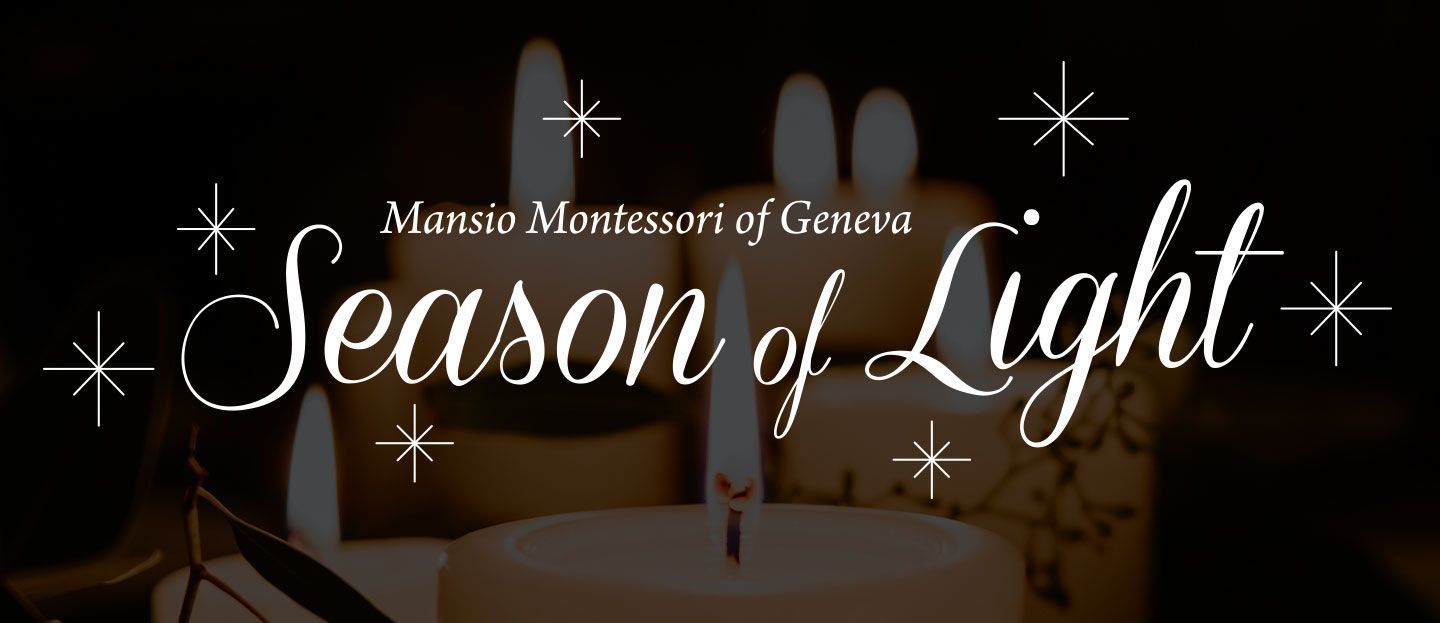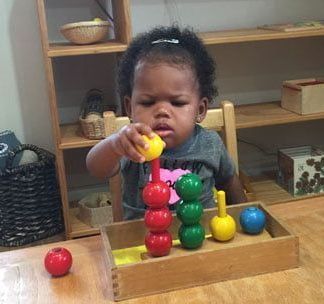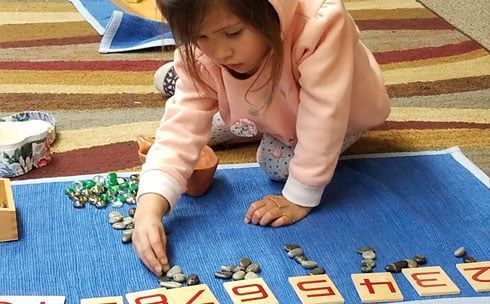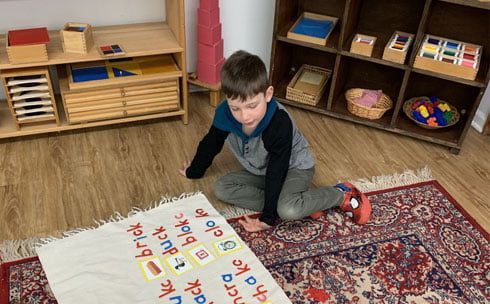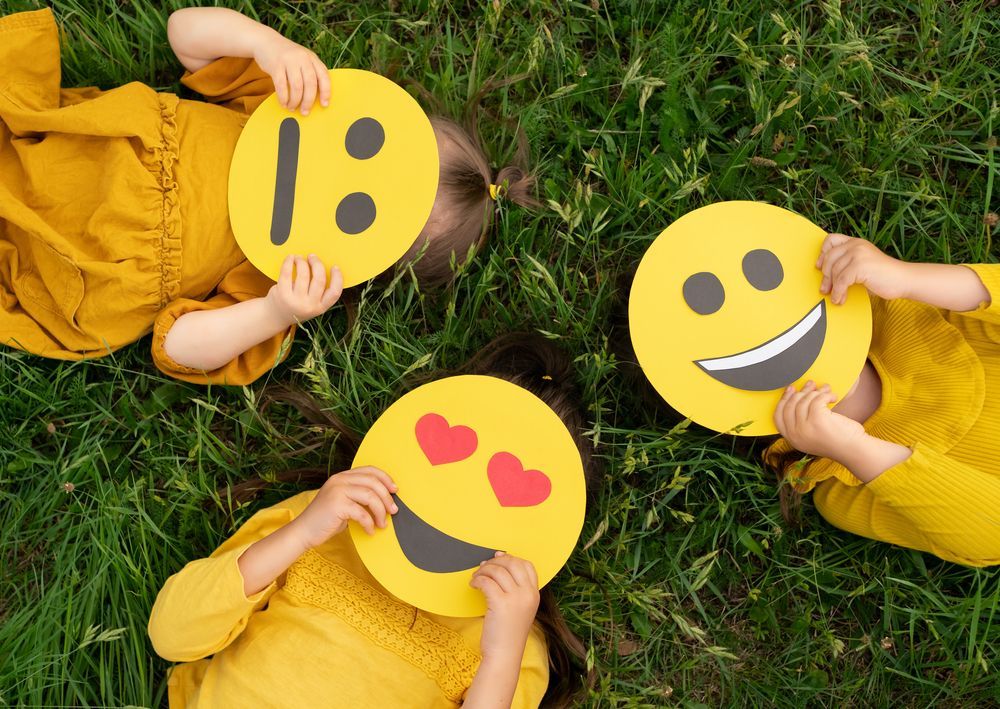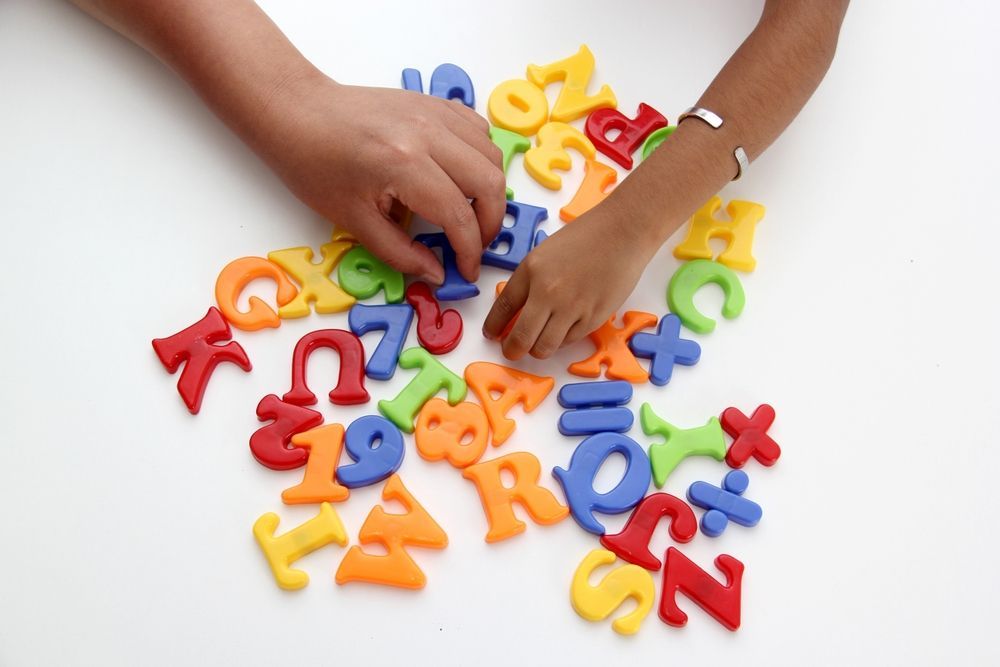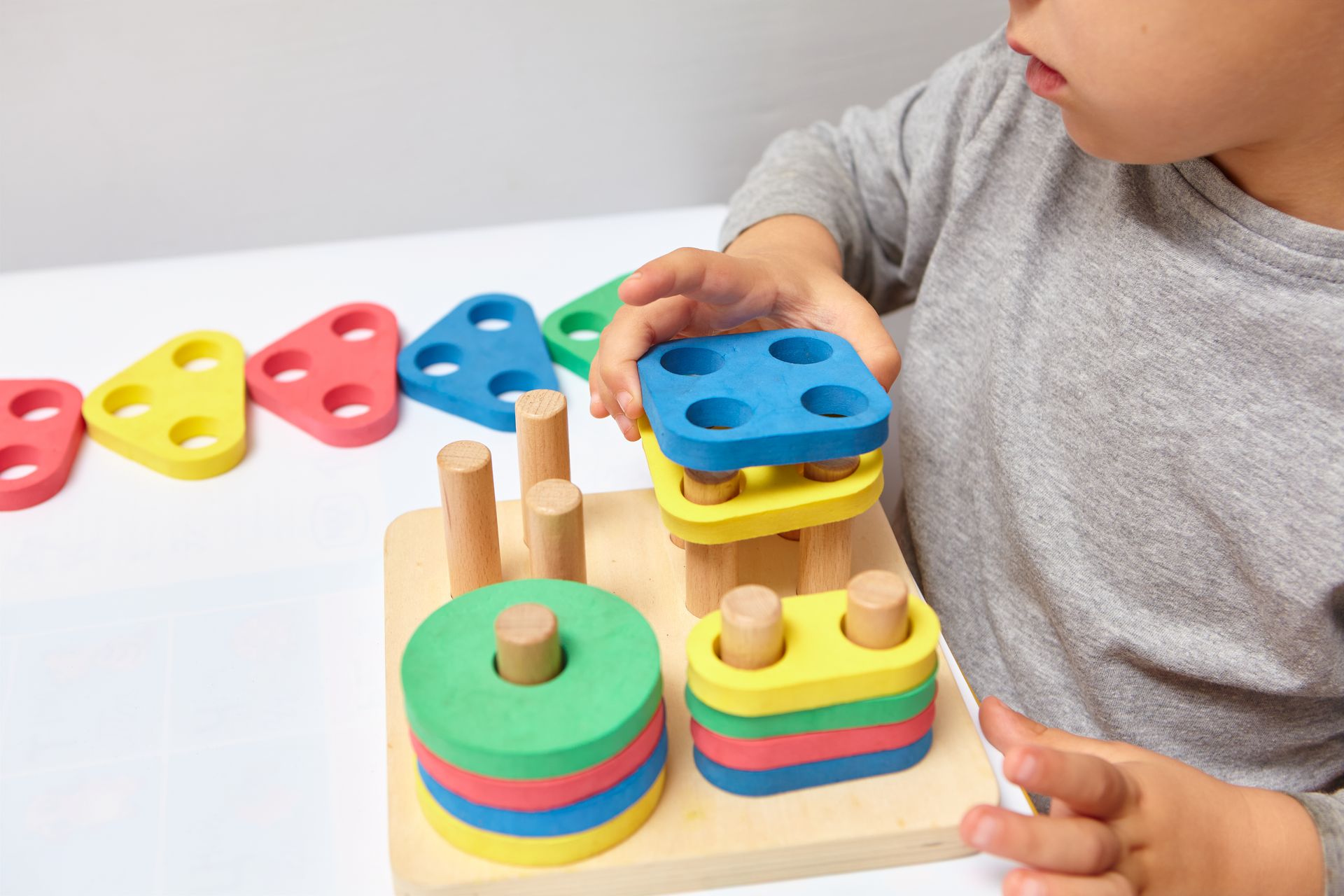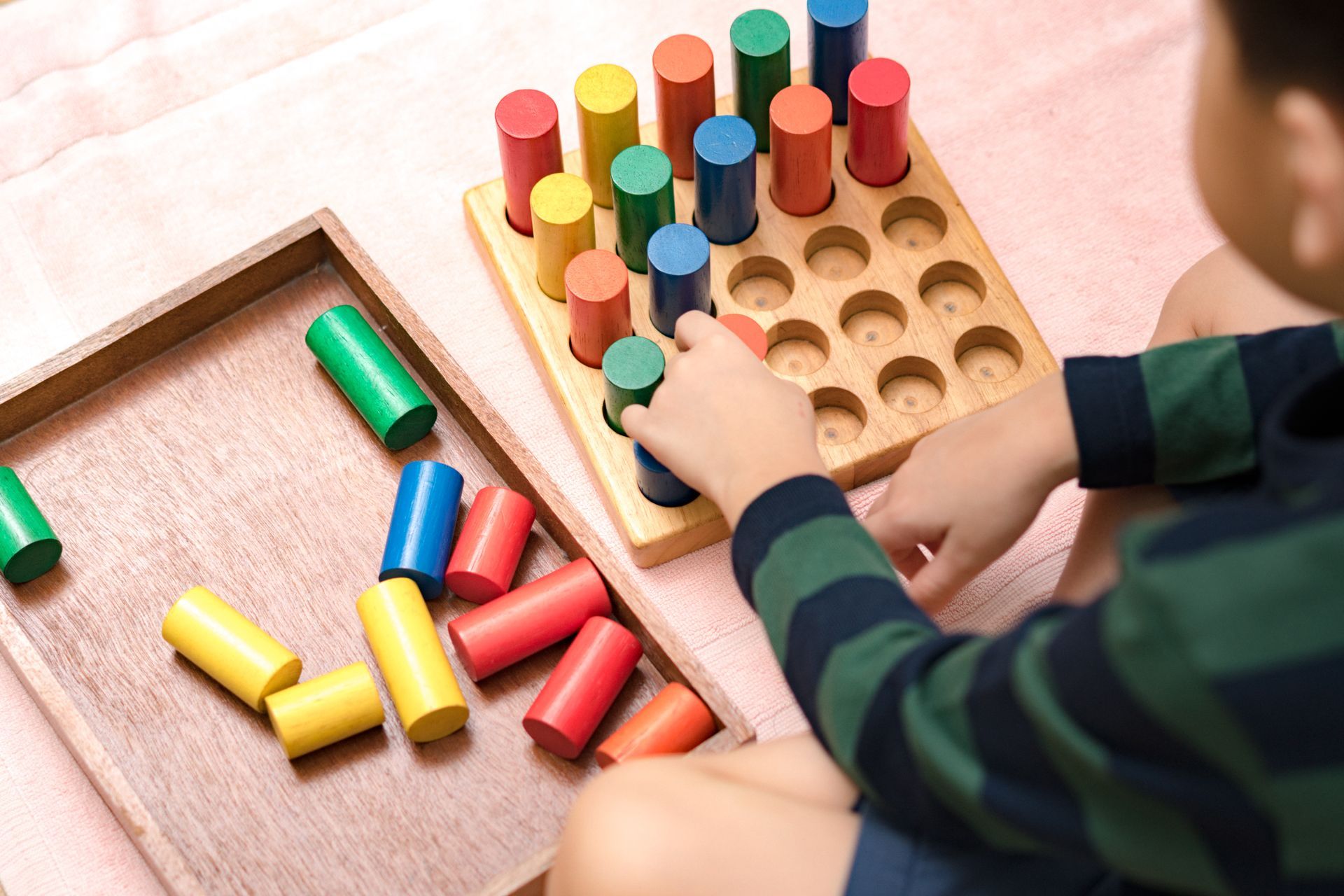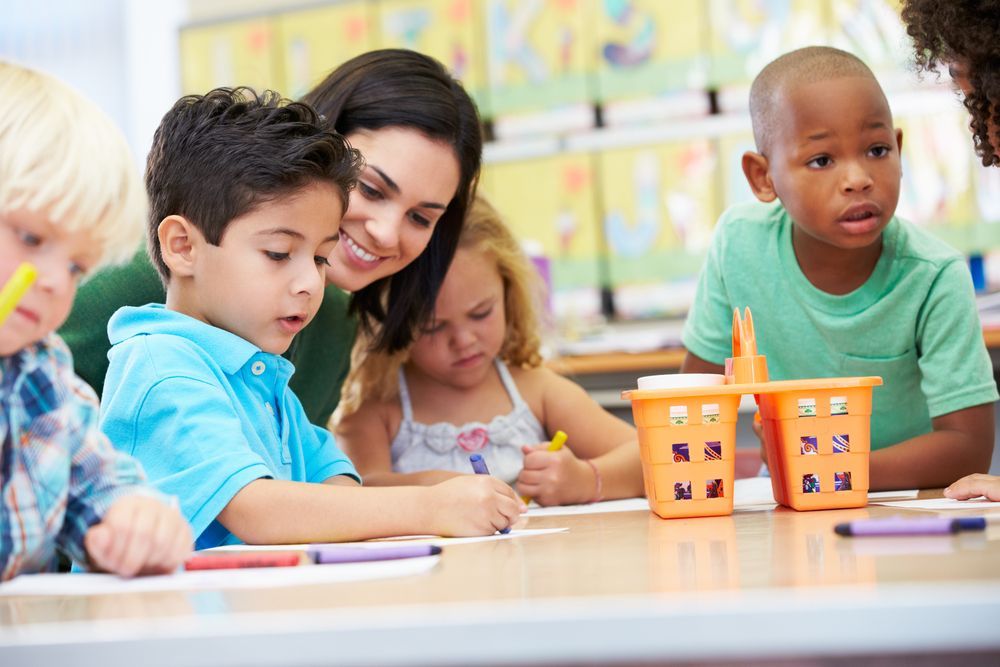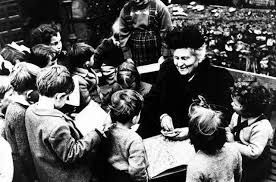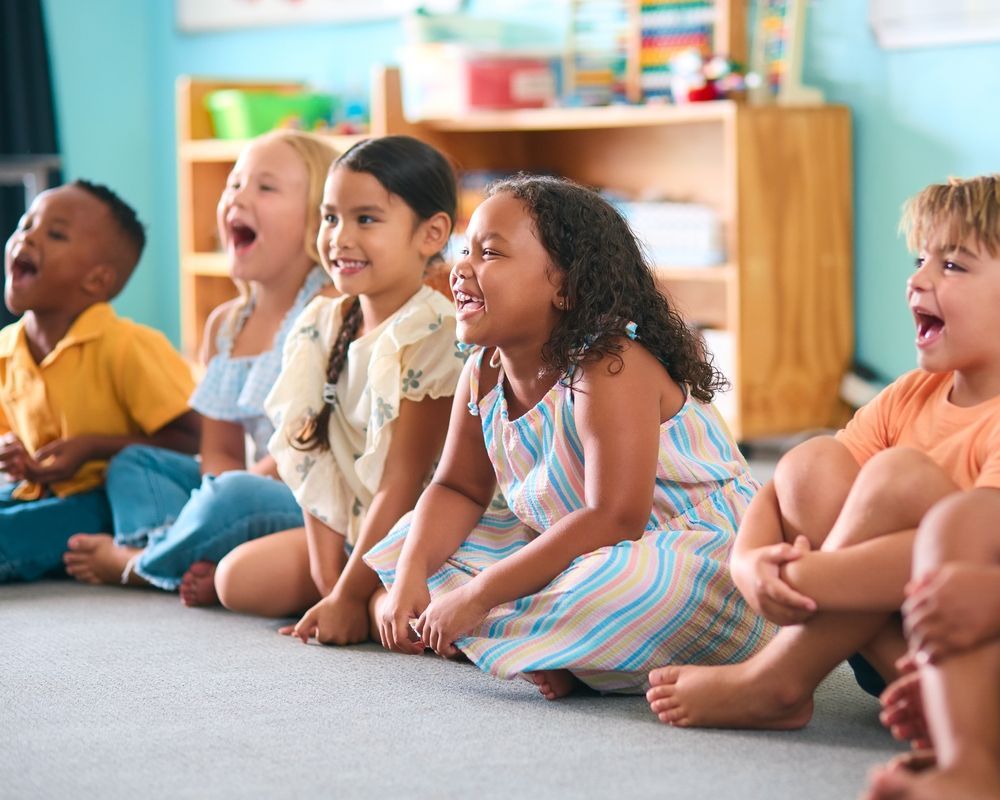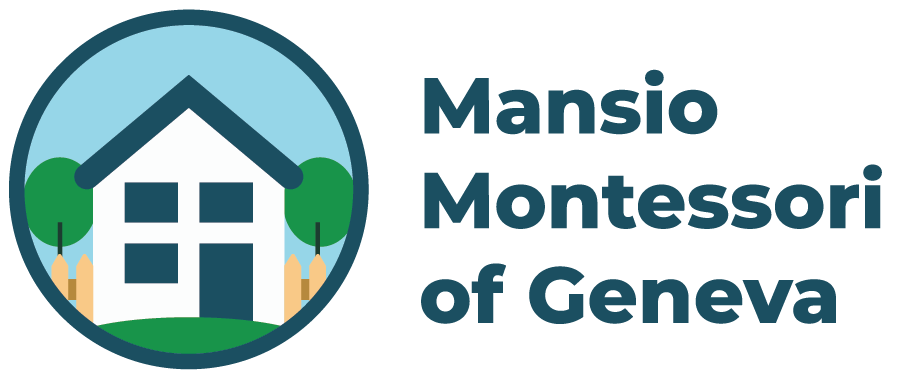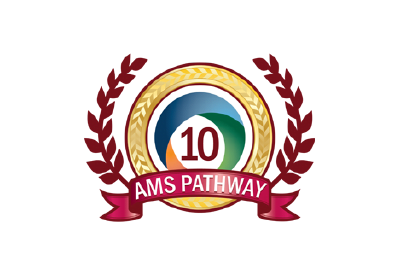Montessori Planes of Development
Share this Article:
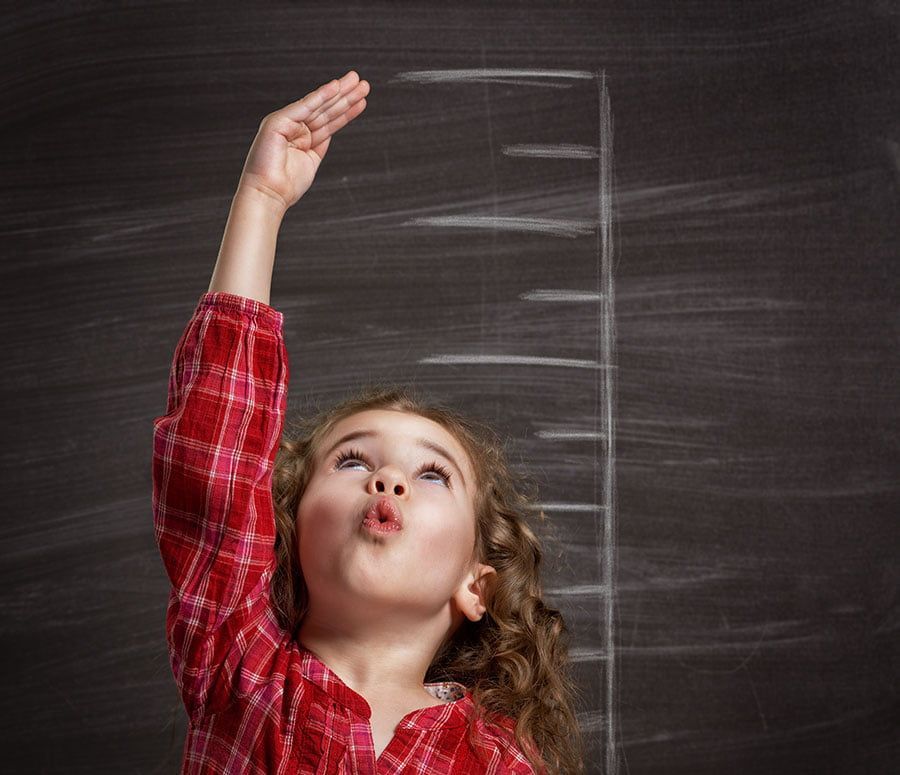
When reading about Montessori education, you will occasionally see reference to the “Montessori three year cycle.” Unless you are a Montessori educator, it is unlikely that you have thought much about the Montessori method and its nuances. As a parent of Montessori ‘kids’ whose ages range from 21 to 4 years old, I can assure you that it is a core tenet of Montessori education.
Dr. Maria Montessori invested years into the scientific observation of children. The Montessori method has been adopted globally and is a testament to the universal truths institutionalized in her program. I remember very vividly the conviction with which I was first ‘told’ about the three-year cycle in the context of Montessori education – the enthusiasm was a little overwhelming. After watching my oldest children grow into young adults, I would offer nothing other than Montessori education to my youngest children.
What are Montessori Planes of Development?
The context within which the Montessori three year cycle is understood falls within the concept of planes of development. These are the greater stages of development as defined within the Montessori method.
Dr. Maria Montessori also believed that the needs of each plane of development must be fully satisfied in order for the individual to pass into the next stage of development. The 1st and 3rd planes are considered to be periods of creation, while the 2nd and 4th planes are periods of consolidation. Needless to say, there have been books, dissertations and theses written about each aspect of the different planes.
The Three-Year Cycles within Each Plane
According to the Montessori method, each plane of development is associated with two (2) three-year cycles. The cycles continue to repeat within and between the different planes of development. Within the first plane of development, there are two (2) Montessori three-year cycles:
- Ages 0 – 3: the “unconscious” Absorbent Mind
- Ages 4 – 6: the “conscious” Absorbent Mind
Both are characterized as sensitive periods of development, which include intense needs for order, language, refinement of the senses and movement.
My personal observations of the Montessori method as far as three-year cycles are concerned are rooted in a layman’s explanation of what happens during the second three year cycle.
Children ‘shop around’ during the the first year of the cycle by observing the older children in the classroom. During the second year, they attempt new things. By the third year, they have mastered materials and demonstrate their expertise by helping younger children learn those materials.
The prepared environment of the Montessori classroom is something to behold. It enables physical independence in children that enable them to claim that “I can do it myself!” To parents, the squeals of joy will justify any sacrifice that may have to be made to pay tuition.
Our family was confronted with the difficult choice of sending our five-year old to public kindergarten or remaining with Montessori to complete the Montessori three year cycle. Since our school district offers only half-day kindergarten, we ultimately split his day between public and Montessori.
The third year has been referred to as a capstone year for the Montessori three year cycle. I believe it to be true. I have observed my child’s tremendous frustration after a morning at public kindergarten, which seems to be cured only by an afternoon at Mansio Mens Montessori. All children are different, but do not discount the Montessori three year cycle when you are asked if your child will be returning to Montessori for kindergarten.
